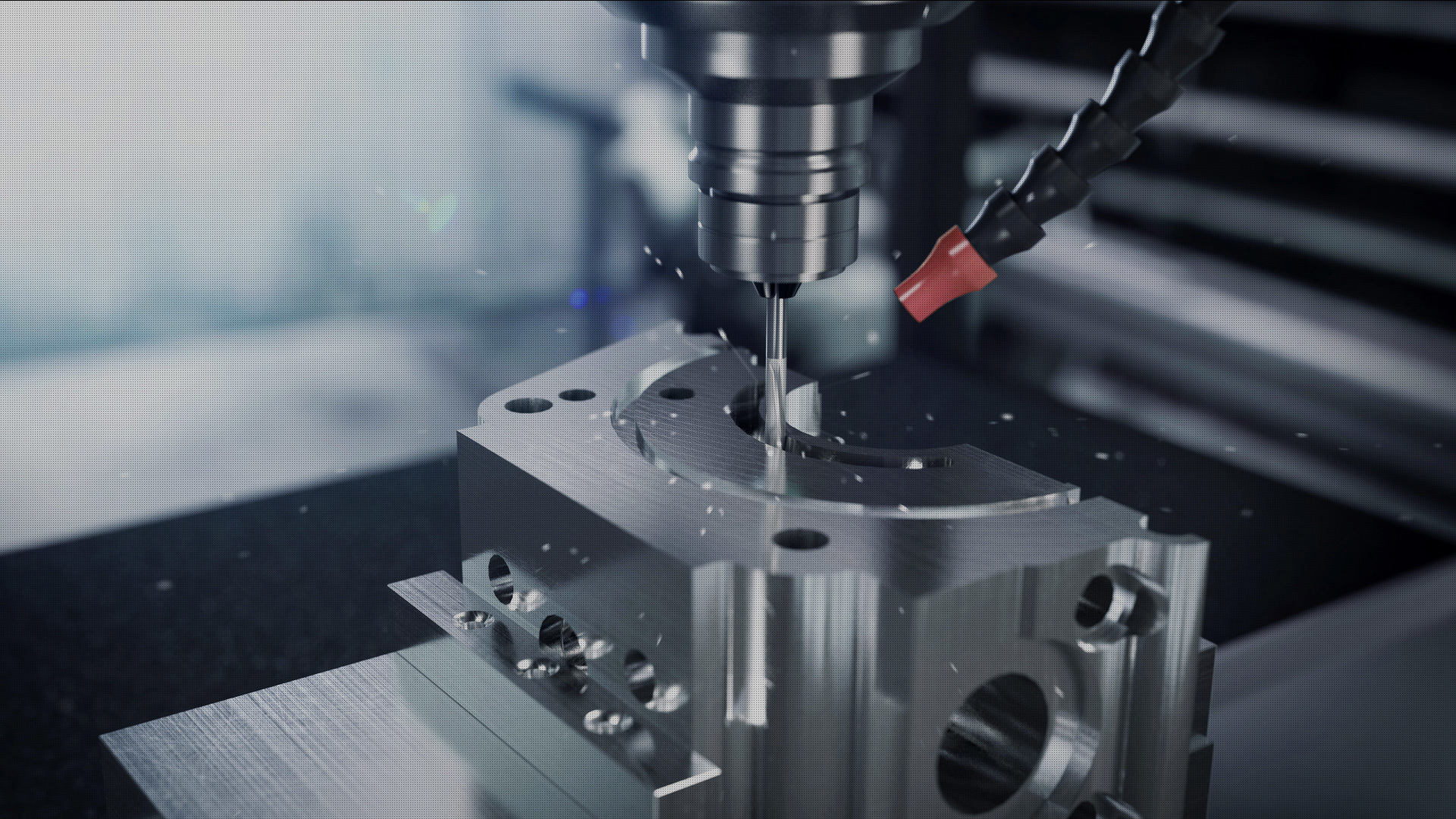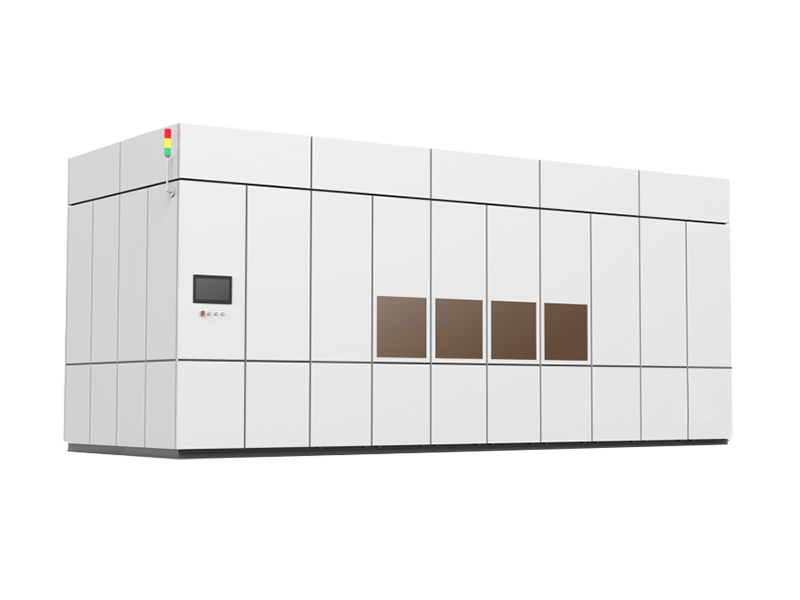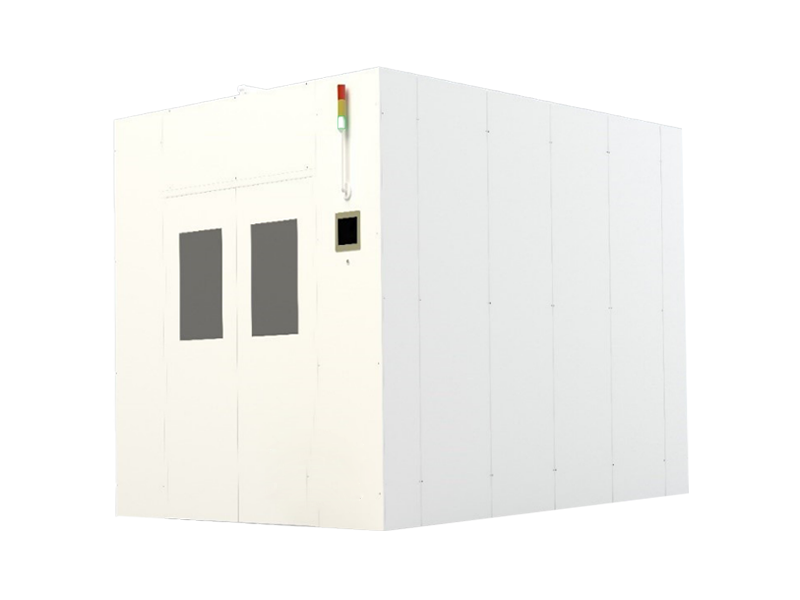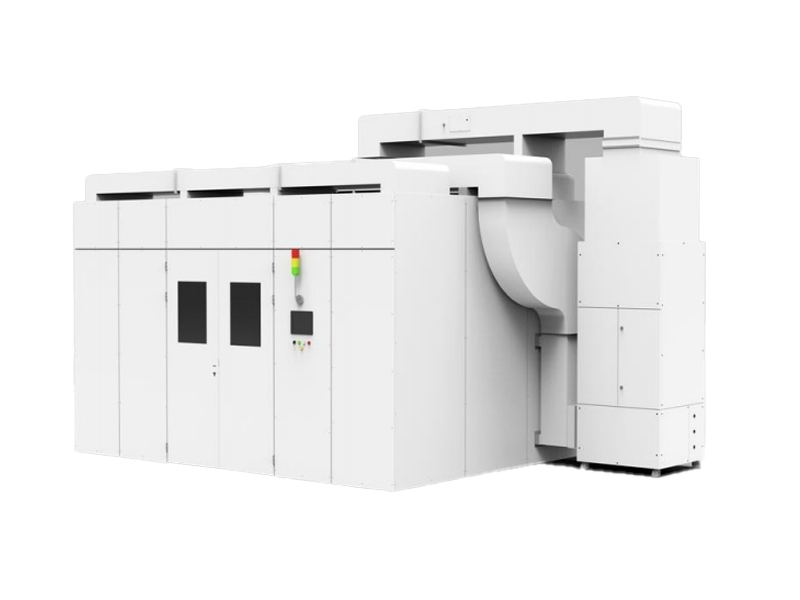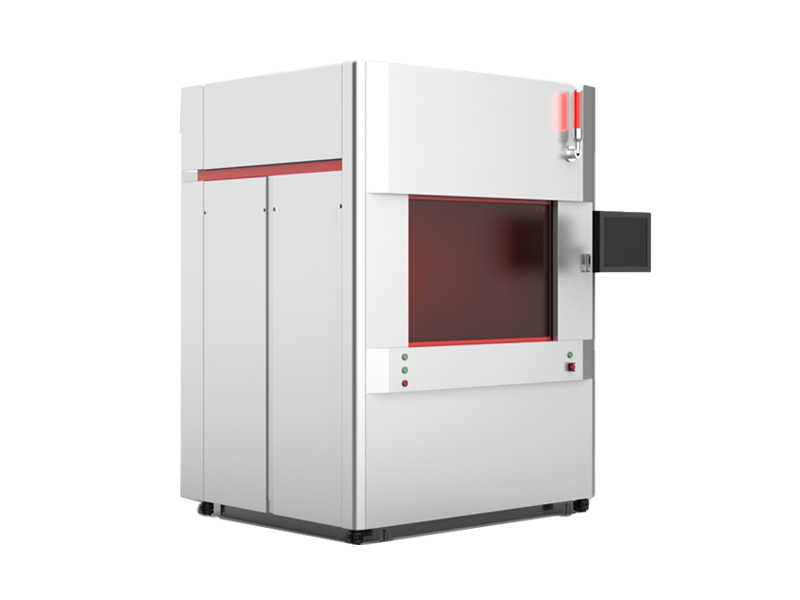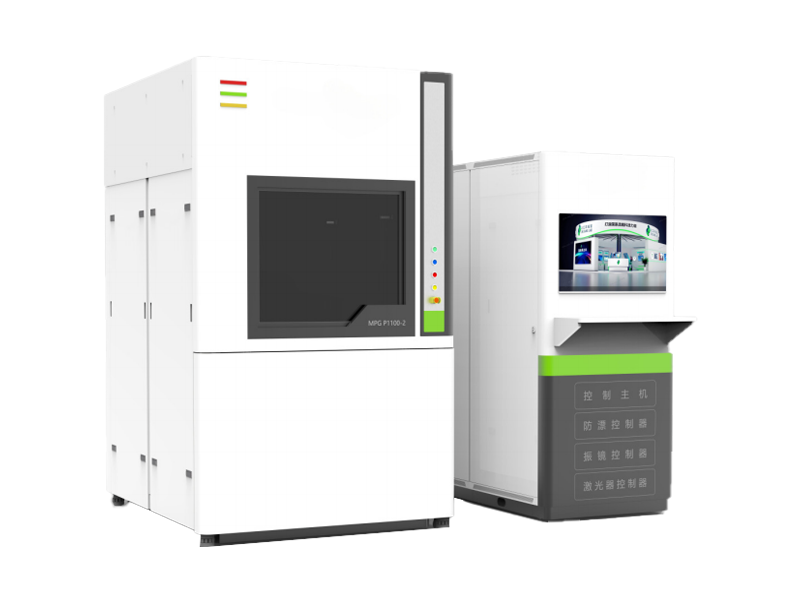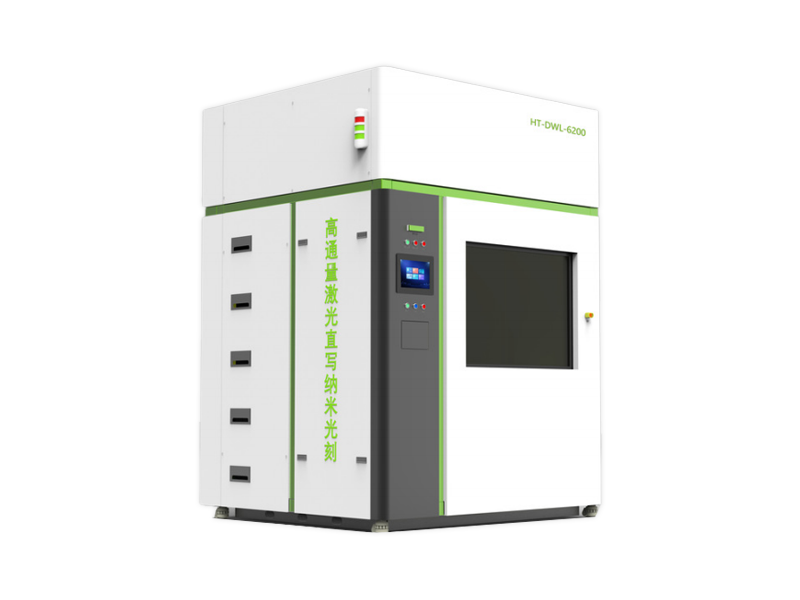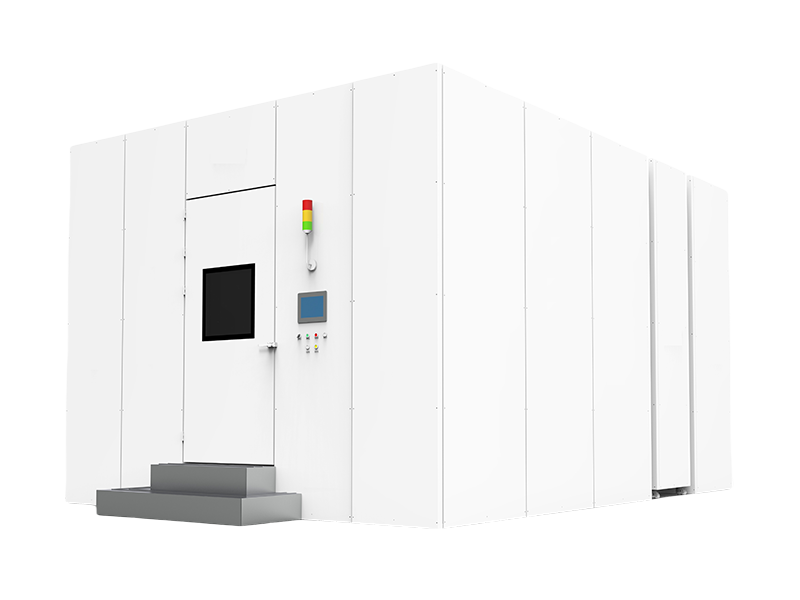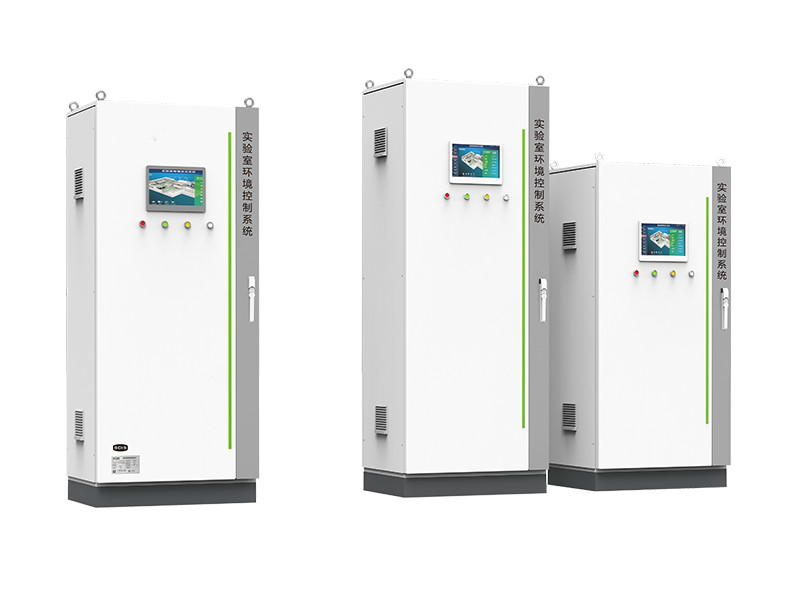New Energy
The new energy industry, especially the production of power batteries for new energy vehicles, has very strict requirements on temperature, humidity and cleanliness.
1. Temperature Requirements
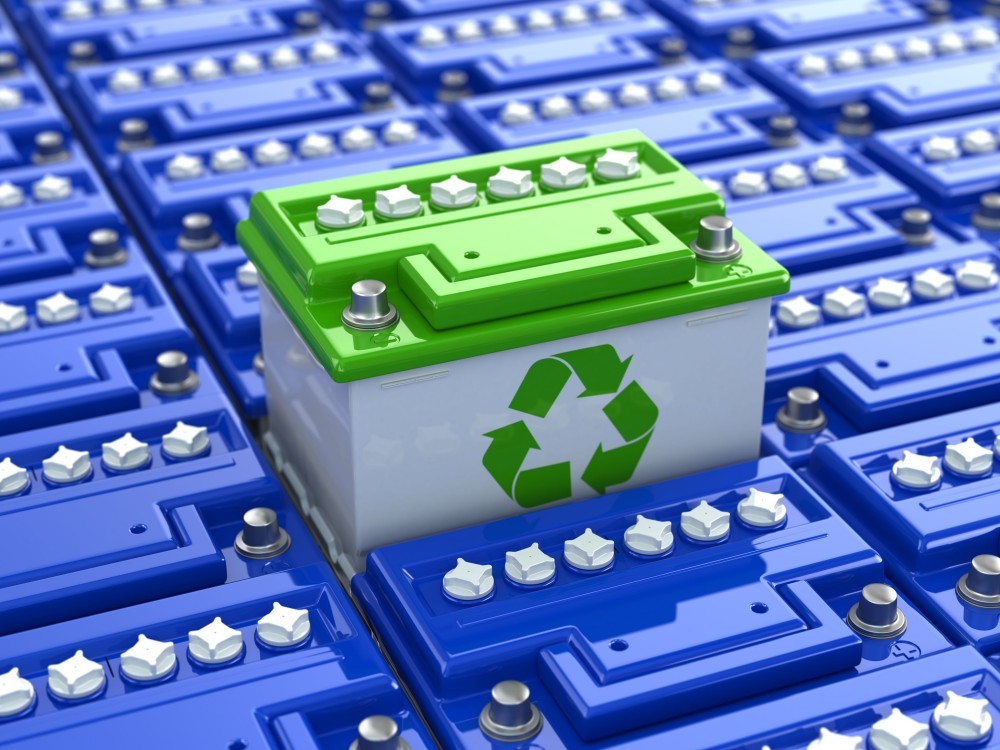 Production environment temperature: The production environment temperature of lithium batteries is usually required to be controlled between 20℃ and 25℃. The appropriate temperature can ensure the stable performance of lithium batteries during the production process and improve product quality.
Production environment temperature: The production environment temperature of lithium batteries is usually required to be controlled between 20℃ and 25℃. The appropriate temperature can ensure the stable performance of lithium batteries during the production process and improve product quality.
Charging and discharging temperature: Power batteries also have strict temperature restrictions during the charging and discharging process. The charging and discharging temperature of lithium iron phosphate batteries should not exceed 65℃, while the charging and discharging temperature of ternary lithium batteries should not exceed 60℃. These restrictions are to ensure the safety and stability of the battery during the charging and discharging process.
2. Humidity Requirements
Production environment humidity: Humidity control in the lithium battery production environment is crucial. Excessive humidity can cause battery performance to deteriorate or fail. For example, moisture will react with the electrode active material and destroy the stability of the battery active material. Therefore, the relative humidity of the lithium battery production environment is usually required to be controlled between 40% and 60%, or more specifically, between 45% and 65%. Some production links even require lower humidity. For example, the pole piece cleaning workshop may require a dew point in the range of -35℃ to -40℃.
Raw material storage humidity: The storage environment of new energy battery structural parts and raw materials also has strict humidity requirements to ensure that their quality and performance are not affected.
3. Cleanliness Requirements
Cleanroom cleanliness level: In the production of new energy batteries, the cleanliness level requirements of the cleanroom are usually very high, generally reaching ISO level 7 or higher. This is because during the battery production process, tiny dust particles may have a serious impact on the performance and safety of the battery. According to the ISO level 7 standard, the number of particles with a diameter greater than 0.5 microns per cubic meter of air should not exceed 352,000.
Air circulation and circulation: The cleanroom should maintain good air circulation and circulation to maintain a stable cleanliness level. The air circulation system should be reasonably designed to avoid dead corners and eddies to ensure that the air is evenly distributed.
Cleaning of the floor, walls and ceiling: The floor, walls and ceiling of the cleanroom should be made of easy-to-clean, dust-free materials, and should be cleaned and maintained regularly. At the same time, the use of cleaning agents and tools that are prone to dust should be avoided.
Access control of personnel and objects: The cleanroom should have a strict access control mechanism for personnel and objects to ensure that personnel and objects entering the cleanroom will not pollute the clean environment. Before entering, personnel should change shoes, change clothes and disinfect, and items should be cleaned and inspected before entering.
Cleaning of equipment and tools: Equipment and tools used in the clean room should be cleaned and maintained regularly to ensure that they do not pollute the clean environment. At the same time, special cleaning agents and tools should be used for cleaning.
4. Anti-microseismic Requirements
The requirements for new energy laboratories to combat microseisms are also very strict, which is mainly due to the sensitivity of new energy equipment (such as battery systems) to the vibration environment and the need for accuracy in experimental results.
Equipment in new energy laboratories, especially battery systems, may suffer structural damage, operating performance failure, or process performance damage in a vibration environment. These effects may cause the performance of the battery pack or system to deteriorate, or even cause safety issues. Therefore, new energy laboratories must take a series of measures to combat microseismicity and ensure the accuracy of experimental results and the safety of equipment.
In terms of laboratory design, new energy laboratories are usually located in areas with stable geological conditions and far away from vibration sources. Professional vibration isolation foundations and vibration isolation trenches are used inside the laboratory to reduce the impact of external vibration on the equipment inside the laboratory. At the same time, the layout of equipment in the laboratory is also carefully planned to avoid mutual vibration interference between equipment.
In terms of equipment selection and installation, the new energy laboratory will select equipment models with good vibration isolation performance, and use professional vibration isolation components such as vibration isolation pads and shock absorbers when installing the equipment. These measures can significantly reduce the sensitivity of the equipment to external vibrations and improve the stability and reliability of the equipment.
In addition, the new energy laboratory will also use advanced vibration monitoring and control technology. By installing vibration sensors and data recording equipment, the laboratory can monitor the vibration environment around the equipment in real time, and timely discover and deal with abnormal vibration sources through data analysis. This helps ensure that laboratory equipment operates in a stable vibration environment, thereby improving the accuracy and reliability of experimental results.
In addition to the above measures, the new energy laboratory will also strengthen the training and management of operators. Operators need to receive professional vibration control training to understand the impact of micro-seismicity on new energy equipment and the countermeasures. At the same time, the laboratory will establish a complete vibration control management system to ensure that operators can operate and maintain in accordance with the specifications, thereby reducing vibration interference caused by human factors.
*The above content is for reference only. For specific equipment selection, please contact us to customize the solution according to your site conditions.
Related Products
Polar Measurement (Nanjing) Technology Co., Ltd., as a mature manufacturer of high-precision environmental control equipment, we focus on innovation and development, and are committed to providing customized environmental control solutions for global enterprises, with strict temperature, humidity and cleanliness standards. Inject efficiency into your production environment.
immediate consultation
You can leave us your needs or suggestions online, and we will reply to you as soon as we receive them.


